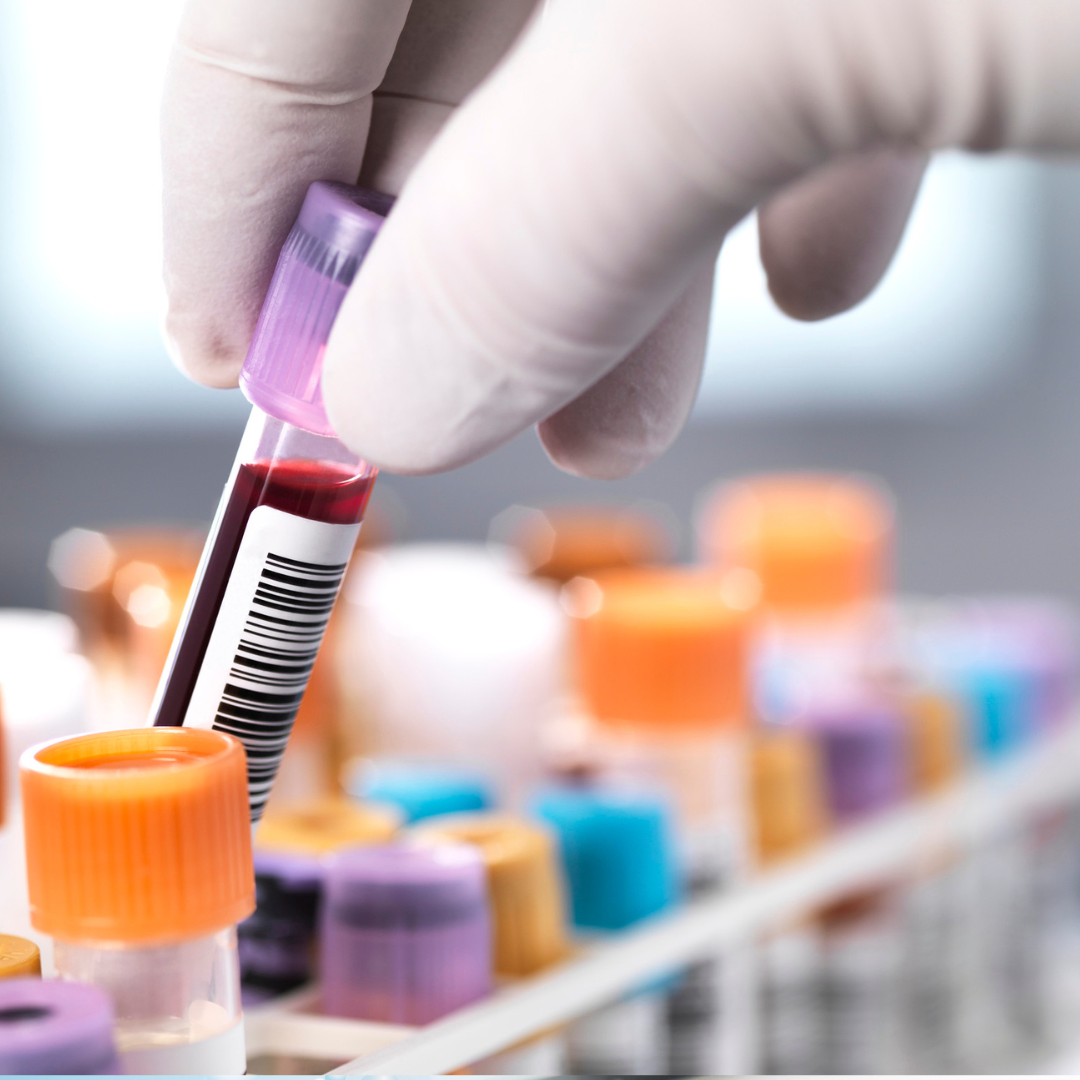Menopause marks a significant shift in a woman’s hormonal landscape—and for many, it brings more than hot flashes and mood swings. One lesser-known but common symptom is musculoskeletal pain, including joint stiffness, back pain, and generalized aches.
Why Does Menopause Affect Your Muscles and Joints?
As estrogen levels decline during perimenopause and menopause, it can trigger a chain reaction that impacts bones, joints, and connective tissues. Estrogen is known to have anti-inflammatory effects and plays a role in maintaining collagen, a key component of joint and muscle health.
Research has shown that up to 50% of women experience joint pain during menopause (Palacios et al., 2010). This pain often affects the neck, shoulders, elbows, and knees, and may worsen with physical inactivity or poor sleep—both of which are also common in menopausal women.
Estrogen’s Protective Role
Studies suggest that hormone replacement therapy (HRT) may help alleviate joint discomfort by stabilizing estrogen levels (Greendale et al., 2000). However, HRT isn’t suitable for everyone, and decisions around its use should always be discussed with a healthcare provider.
What Can Help?
-
Regular low-impact exercise (like swimming, walking, or yoga)
-
Anti-inflammatory diets rich in fruits, vegetables, and omega-3 fatty acids
-
Strength training to support muscle and joint function
-
Consulting with a doctor about supplements such as calcium and vitamin D
Menopause-related pain isn't "just in your head." If you're experiencing new or worsening musculoskeletal symptoms, it's worth bringing up with your healthcare provider.
References
-
Palacios, S. et al. (2010). Musculoskeletal pain during the menopausal transition. Menopause International, 16(3), 113–117. https://doi.org/10.1258/mi.2010.010029
-
Greendale, G.A. et al. (2000). The menopause and musculoskeletal aging. Clinical Orthopaedics and Related Research, (372), 127–133. https://pubmed.ncbi.nlm.nih.gov/10738412/





